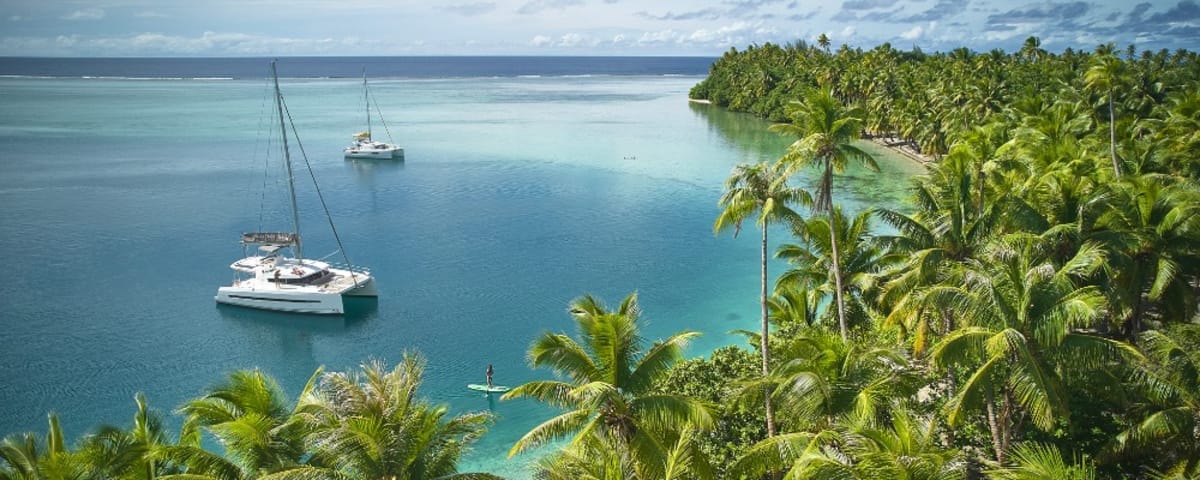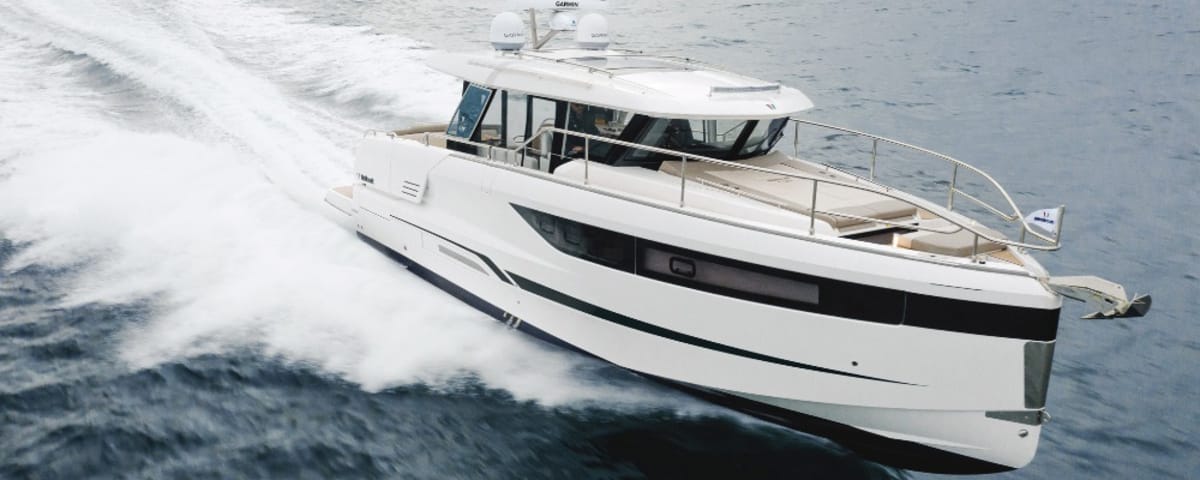Marine Heatwaves: A Growing Phenomenon
We are familiar with heatwaves on land, but often unaware that they have an equivalent in the sea. While temperatures have been breaking records in many regions, the Mediterranean, Atlantic, and Pacific are also experiencing alarming overheating.
A marine heatwave is defined as a prolonged period – several days or weeks – during which the water temperature significantly exceeds seasonal norms. This phenomenon is natural, but its frequency, intensity, and duration have exploded over the past twenty years. Scientists report that oceans now experience seven times more marine heatwaves than in the early 1980s.
Recent data is clear: 28 to 30 °C at the surface in the eastern Mediterranean, records broken in the Bay of Biscay, and major thermal anomalies on the western Pacific coast. And this is only the beginning of the warm season.
Species Suffering or Fleeing
Under the effect of this overheating, marine biodiversity is faltering. Some species simply cannot resist. Corals are bleaching on a large scale: this thermal stress causes the expulsion of the symbiotic algae that feed them, resulting in a loss of color, and often, death. This phenomenon, already well documented in the tropics, is now spreading in the Mediterranean.
Other species are trying to adapt by migrating. Sardines, mackerel, and even bluefin tuna are changing their routes, moving towards cooler waters to the north. These movements disrupt the balance of ecosystems, disorient natural predators, and complicate the task of fishermen.
Conversely, some opportunistic species are taking advantage of the situation. This is the case with jellyfish, whose blooms are multiplying on the coasts from the beginning of summer. Some toxic algae, also favored by heat and stagnation, are proliferating at alarming levels, posing risks to human and animal health.
© AdobeStock
Impacts for Professionals and Boaters
These ecological upheavals have direct repercussions on maritime professions. For fishermen, traditional fishing areas are becoming unpredictable. Some species are no longer where they are expected, others appear suddenly but have no commercial value or are poorly understood.
Divers, freedivers, and boaters are also noticing changes. Murky water, damaged seagrass beds, and degraded seabeds are altering the experience at sea. The risks of stings increase, especially with the presence of jellyfish or stinging organisms. Some formerly popular sites become inhospitable during marine heatwaves.
Even the quality of the water deteriorates. Dissolved oxygen decreases, local biodiversity weakens, and certain bacteria proliferate in unusual conditions. These imbalances affect not only ecosystems but also tourist attractiveness and recreational uses.
Faced with this underwater warming, researchers, fishermen, and sailors have no choice but to adapt. The mapping of species is evolving, landmarks are shifting, and warning signs are accumulating. It is no longer a question of predicting a hot summer, but of dealing with a structural transformation of the oceans.
Behind the shimmering waves of a sunny month lie deep imbalances. To preserve the sea, we must now listen to it – even when it is silent.
Before heading out to sea, take the right steps by checking the weather.
Enjoyed this post by Thibault Helle? Subscribe for more insights and updates straight from the source.


